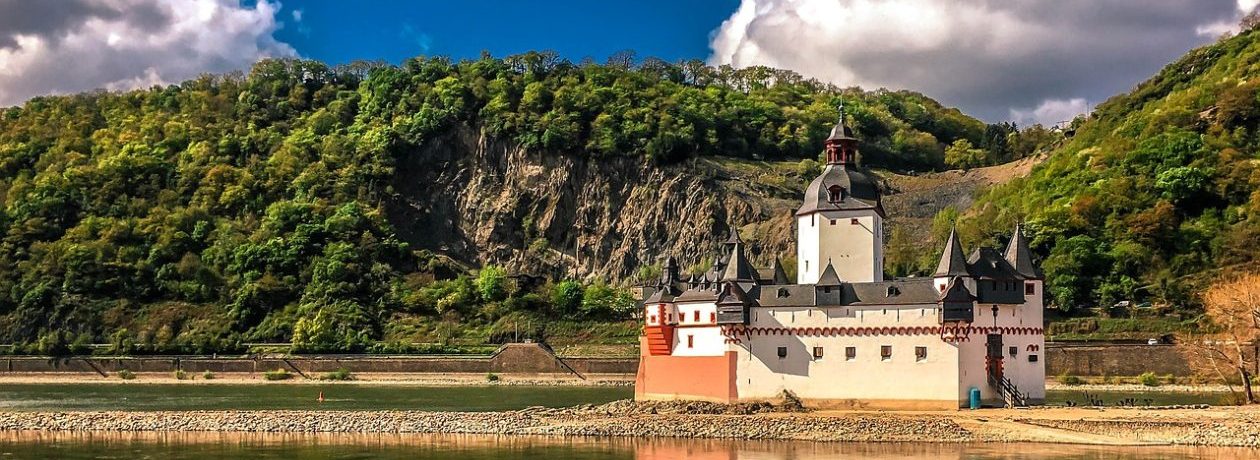As I´m going to cycle around 1.100 km I´d like to encourage you, my friends and visitors of this blog, to support the “Doctors without borders” with a donation of your choice.
I got the idea of collecting donations from the german long-distance-cyclist Peter Smolka. You can find is journey here:
http://www.tour-de-friends.de

Médecins Sans Frontières/Doctors Without Borders (MSF) is a private international association. The association is made up mainly of doctors and health sector workers and is also open to all other professions which might help in achieving its aims.
All of its members agree to honour the following principles:
- Médecins Sans Frontières provides assistance to populations in distress, to victims of natural or man-made disasters and to victims of armed conflict. They do so irrespective of gender, race, religion, creed or political convictions.
- Médecins Sans Frontières observes neutrality and impartiality in the name of universal medical ethics and the right to humanitarian assistance and claims full and unhindered freedom in the exercise of its functions.
- Members undertake to respect their professional code of ethics and to maintain complete independence from all political, economic or religious powers.
So I kindly encourage you to visit my (german) donation website to leave a few Euros…






